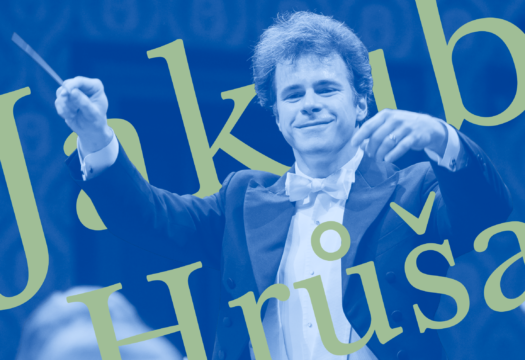Over the last quarter century, Manfred Honeck has firmly established himself as one of the world’s leading conductors, renowned for his distinctive interpretations and arrangements of a wide range of repertoire. For well over a decade, he has served as Music Director of the Pittsburgh Symphony Orchestra, celebrated in Pittsburgh and abroad. Together, they have continued a legacy of music-making that includes several Grammy nominations and a 2018 Grammy Award for Best Orchestral Performance. Manfred Honeck and the Pittsburgh Symphony Orchestra serve as cultural ambassadors for the city as one of the most frequently toured American orchestras.
Born in Austria, Manfred Honeck received his musical training at the Academy of Music in Vienna. Many years of experience as a member of the Vienna Philharmonic and the Vienna State Opera Orchestra have given his conducting a distinctive stamp. He began his career as assistant to Claudio Abbado and was subsequently engaged by the Zurich Opera House, where he was bestowed the prestigious European Conductor’s Award. Following early posts at MDR Symphony Orchestra in Leipzig and the Oslo Philharmonic Orchestra, he was appointed Music Director of the Swedish Radio Symphony Orchestra in Stockholm. For several years, he also served as Principal Guest Conductor of the Czech Philharmonic Orchestra. From 2007 to 2011, Manfred Honeck was Music Director of the Staatsoper Stuttgart. As a guest conductor Manfred Honeck has worked with the world’s leading orchestras including the Berlin Philharmonic Orchestra, Bavarian Radio Symphony Orchestra, Gewandhausorchester Leipzig, Staatskapelle Dresden, London Symphony Orchestra, Orchestre de Paris, Accademia di Santa Cecilia Rome, and the Vienna Philharmonic, and is a regular guest with all of the major American orchestras.
He also has a strong profile as opera conductor. In his four seasons as General Music Director of the Staatsoper Stuttgart, he conducted premieres of operas by Berlioz, Mozart, Poulenc, Strauss, Verdi, and Wagner. He has also appeared as a guest at leading houses such as the Semperoper Dresden, Komische Oper Berlin, Théâtre de la Monnaie in Brussels, Royal Opera of Copenhagen, and the Salzburg Festival. In autumn 2022, he will make his debut at the Metropolitan opera in New York, leading a revival of Mozart’s Idomeneo.
Manfred Honeck holds honorary doctorates from several North American universities and was awarded the honorary title of Professor by the Austrian Federal President. An international jury of critics selected him as the International Classical Music Awards “Artist of the Year” 2018.



